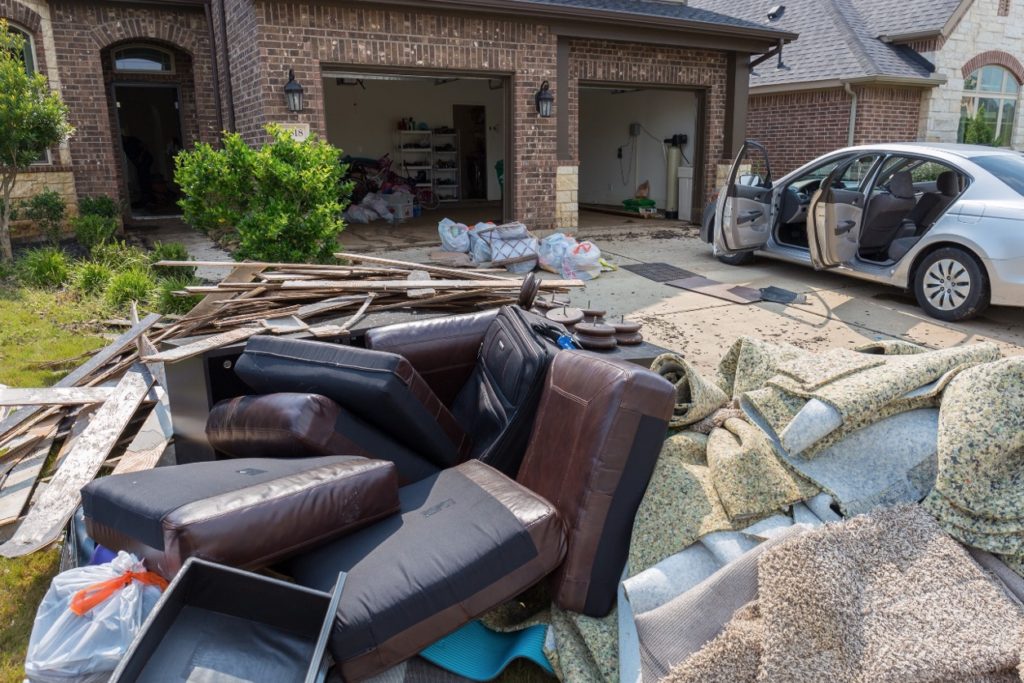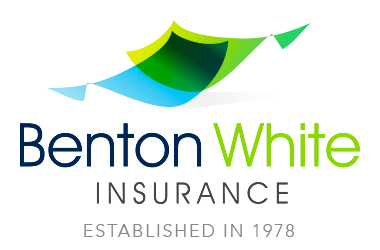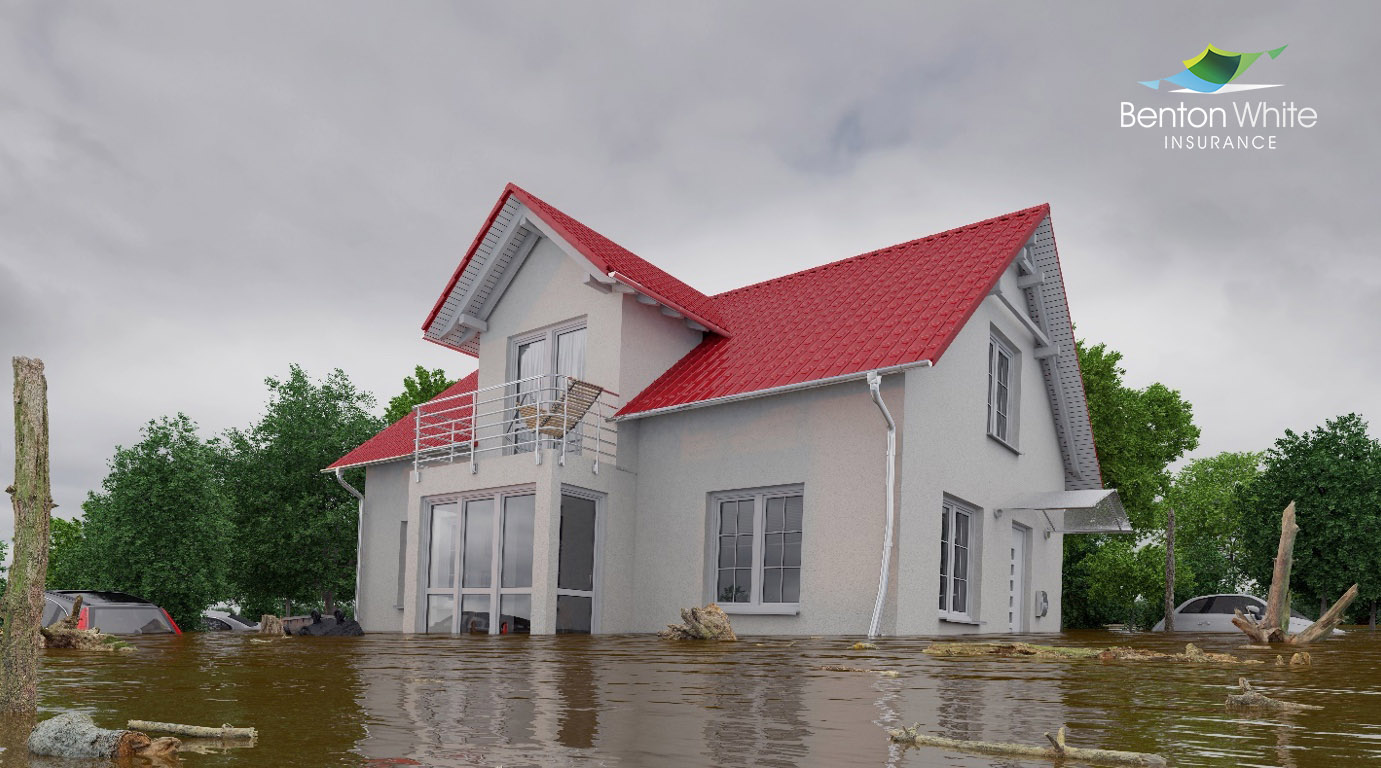Changes are coming for flood insurance owners and prospective flood insurance buyers. I’ve been saying for quite some time – something must give. Flood premiums until now have averaged between $400 to $800 per year based on amounts of coverage. However, the FEMA flood insurance program is in trouble because of the $20 billion in debt that has accrued because of the MANY flooding situations we have witnessed over the last few years! What we learned this past week, those premium rates are going to feel like a bargain after the forthcoming rate increase.
Last Friday, the federal government rolled out a flood-insurance program revamped to reflect worsening climate change, a program that will raise rates for millions of homeowners in wealthy coastal areas and humble inland communities alike.
The Federal Emergency Management Agency (FEMA) in April announced the first significant update to the beleaguered National Flood Insurance Program, which covers about 5 million properties. Premiums have risen steadily! Now, a quarter of the participants will see lower costs, while the remainder will see premiums rise in increments as high as 18% annually. The maximum total increase will be $12,000, a level that will affect only the most expensive real estate.
“Climate change is going to make housing more expensive than it already is,” said Daryl Fairweather, chief economist at Redfin Corp. “This is just a first step.”
FEMA is facing an urgent but unpopular task. The program was created in 1968, when there were fewer major storms and fewer people living by the sea. But the U.S. coastal population grew by over 15.3 percent between 2000 and 2017, to over 94 million. Moreover, many inland places that have seen huge surges in flooding lack accurate maps. A 2017 report from the Department of Homeland Security inspector general found that 58% of FEMA flood maps were wrong or outdated.

The insurance program was originally meant as a backstop for homes that private insurers found too risky. Now, however, it covers 95 percent of residential flood policies. In all, the program sweeps in about 5 million properties, including primary and vacation homes and businesses. Deeply subsidized premiums, averaging under $800 annually, mean that the agency routinely pays out nearly four times what it takes in.
David Maurstad, the program’s senior executive and architect of the overhaul, said that nearly 90% of members would see premiums fall or rise only slightly, rather than the blanket increases of past years.
“The new rating methodology is correcting longstanding inequities,” he said Thursday. “We can no longer continue to ignore the fact that some of our policyholders had been unjustly subsidizing other policyholders. They should no longer bear the cost for the policyholders with higher-value homes, who’ve been paying less than they should.”
Hiking premiums may encourage homeowners to think more deeply about the wisdom of living in endangered areas.
“People need to have very difficult conversations about adaptation, about relocating, ” said Laura Lightbody, project director of the Flood-Prepared Communities initiative of the Pew Charitable Trusts. “Price is one of the most clear ways to communicate risks.”
Many places with scant resources will be feeling painful increases for the first time. An $800 policy that increases 18 percent over 10 years would be $4,188, a significant increase for someone on a budget.
That could be the story here in Middle Tennessee. As we learned during the 2010 flood, we have vulnerable areas for flooding in our area. Without flood insurance, you have no coverage for flooding. This has never been truer than we are seeing in Waverly, TN. They were devastated with flooding in August and it will take a considerable amount of time for that city and its residents to recover. Most homeowners in that area did not have flood insurance and are facing hard circumstances as a result.
This isn’t one of those feel-good stories but it’s what we want to always communicate in these blogs – TRUTH! This gives you some insight into what our area will face with this latest flood insurance development.
We write flood insurance and we should be writing more. But many don’t realize they should have flood insurance until they are flooded. Is that you? Let us know if we can help!
Reach out to us by TEXT or PHONE – 615.377.1212 or EMAIL us at info@BentonWhite.net. We are here and ready to help.
Please stay safe in your corner of the world!
Portions of this blog post came from an article Bloomberg News – written by By Leslie Kaufman and Polly Mosendz | October 4, 2021





